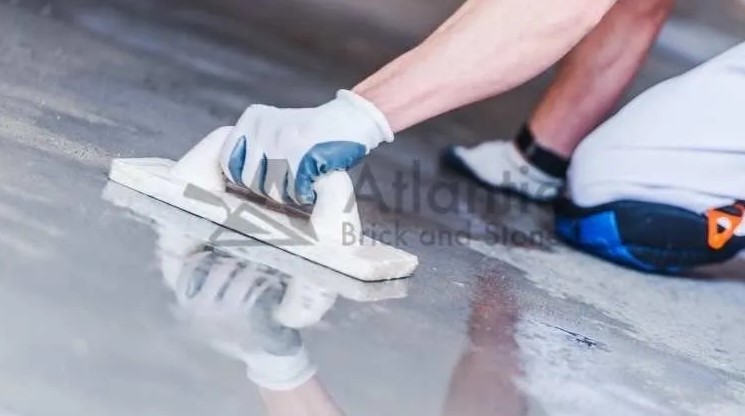The current trend in homes and buildings is to go for wide open spaces, open floor plans, or elevated spaces. It’s important to remember that though a floor may appear perfect on the outside, there are many issues that can occur if you don’t take preventative measures. One of the most common issues is uneven or sagging floors. Inspection of a building can often reveal clues to the cause and extent of damage. Masonry floors are particularly susceptible to settlement and unevenness. In this article, we will look at some of the most common causes of uneven or sagging masonry floors.

The age of your home affects the masonry floor’s ability to resist sagging. Older homes have more wear and tear on the materials, which can lead to structural problems. In particular, the masonry floor is susceptible to sagging over time as the mortar and bricks settle. While there are a few things you can do to help slow this process, eventually your home will need concrete repair work to maintain its structural integrity.
Poor structural design can cause floors to sink. Inadequate support or incorrect installation can lead to a failure of the floor system, resulting in sinking or sagging. This can be dangerous, as it can cause the floor to give way, potentially injuring people walking on it. Poorly designed floors are also more prone to moisture damage.
When water seeps into the mortar between bricks, it slowly erodes the bonding agent, and eventually, the bricks will start to slide or sag. This is often referred to as “leaching” and it can cause significant damage to your masonry floor, especially if it’s not addressed in a timely manner. Excess moisture can also cause the mortar to deteriorate and crumble, which will only exacerbate the problem.
Tree roots can grow quite large and extend deep into the soil. This can cause the soil to become compacted, which in turn will make the ground less stable and could lead to sagging floors. Additionally, the roots can extract a great deal of moisture from the soil, leading to drying and shrinking of the surrounding earth. This too can cause floors to sag.
Expansive clay soils are composed of minerals that expand when they come into contact with water. This expansion can cause the soil to push up against a structure, such as a floor, and cause it to sag. The amount of expansion depends on the type of clay, the amount of water, and the temperature.
Soil movement can cause floors to sink or sag because the shifting earth can create uneven pressure on the foundation or flooring system. This pressure can cause the flooring system to become displaced, creating a sagging effect. Additionally, soil movement can also lead to erosion, which can damage the foundation of a building.
A natural sinkhole forms when an underground cavern collapses, leaving a hole in the earth. The hole can be caused by a variety of factors, including erosion, water seepage, or the dissolving of limestone. When a sinkhole forms, the ground above it can collapse as well, creating a sag in the floor. This happens because the ground that used to support the weight of the collapsed earth is now missing, leading to a decrease in the stability of the surrounding area.
When soil is not compacted properly, it can cause the sub-surface to collapse. This will cause the surface, such as a floor, to sag. The weight of the objects on the surface will exacerbate the problem, as it will push down on the unsupported soil, making it sink even further. If this continues, it can cause significant damage to the structure of the building.
Atlantic Brick and Stone can fix a sinking or sagging masonry floor. If the floor is only slightly uneven, then it can be repaired. If the floor is severely damaged, they may need to completely replace it. So if you have floor problems, call us at 506-304-0771 for a free estimate.
GET STARTED
Create stunning structures with our residential and commercial masonry services in Fredericton. From meticulous designs to the completed build, our process is professional and rewarding, and we can’t wait to build your dream with you.
Atlantic Brick and Stone, one of the best masonry contractors in Fredericton, NB
Contact
8 Muskie Street, Lower Kingsclear, New Brunswick E3E 0E7, Canada